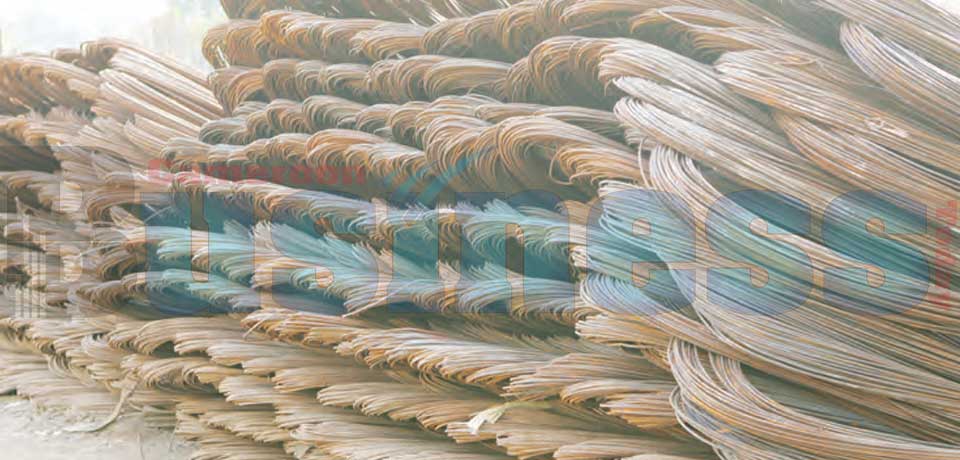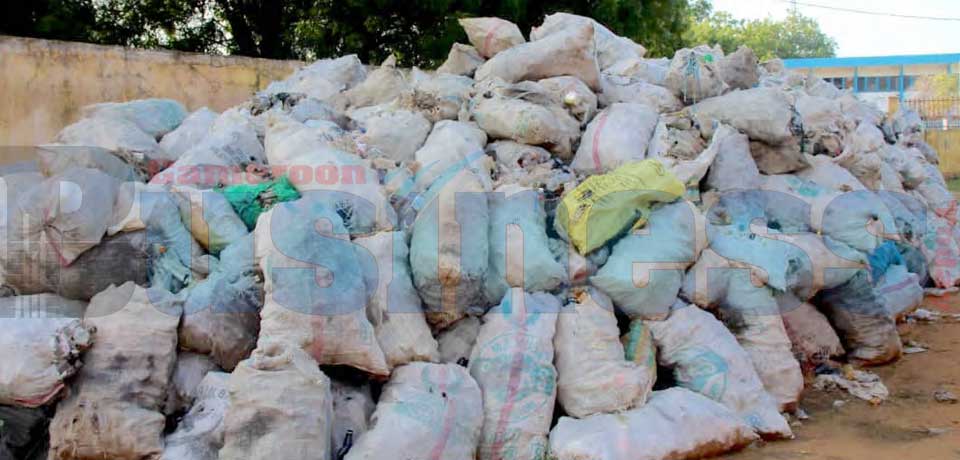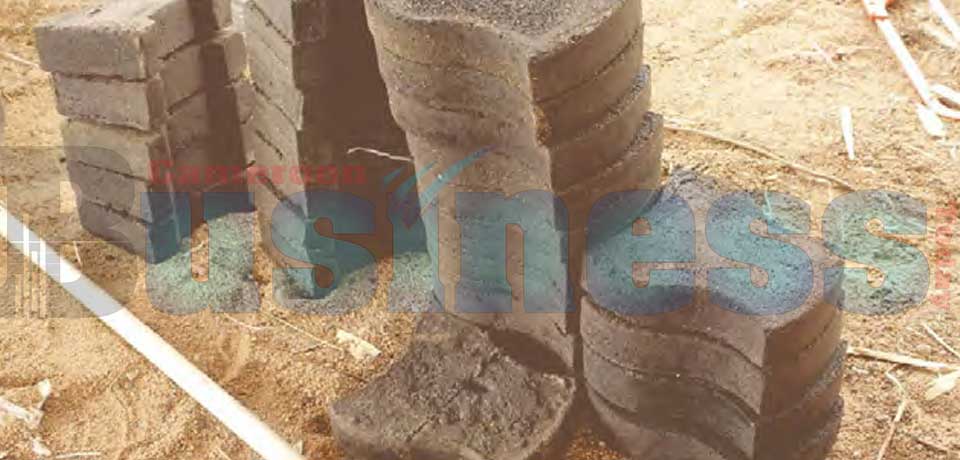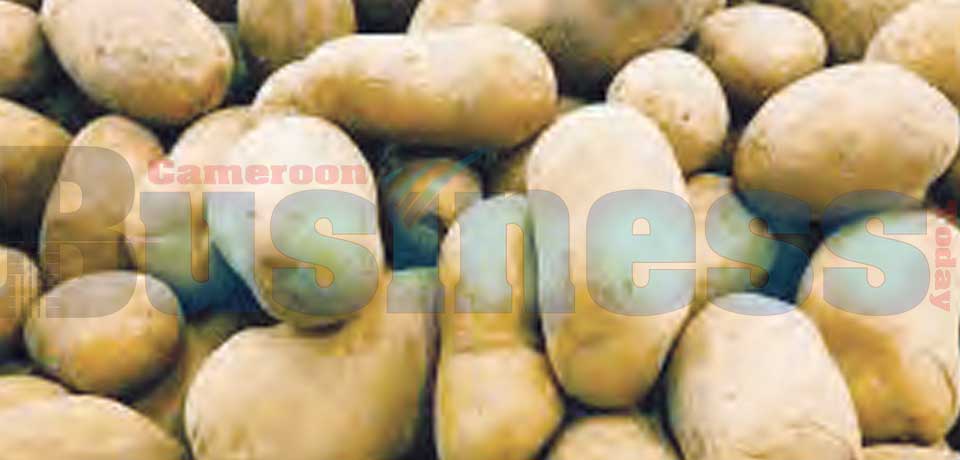From clinker, aluminum to bitumen, these vital raw materials for the construction industry are largely imported despite potentials for local alternatives which could drastically reduce cost of production.
As Cameroon continue to combat the persistent balance of payment deficit owing to its mass importation of goods and services, the government is now focusing on substituting imported goods especially raw materials with local products. Recent report from the National Technical Committee on the Balance of Payment has decried the persistent deficit which peaked at FCFA 872 billion in 2020 owing to the fact that Cameroon imports far more than it exports. In the construction sector which presents bright prospects given that Cameroon is a vast construction site in her quest to emergence by 2035, main raw materials are imported which adds to the cost of production and hence price for the final consumer. The demand of the finished products like cement, roofing sheets and bitumen (tar), amongst others, is high as the construction industry is expected to expand by 3.8 per cent in real terms in 2021, up from estimated growth of 2.7 per cent in 2020 according to GlobalDate. On a long term basis, average growth in construction sector is expected to peak at 7.4 till 2028 according a Swiss Group, Sika.
Clinker
This is the main input for the production of cement. The four major producers of the building material in the country are all using the raw material to produce cement. A study titled “Valorization of Pozzalan as Partial Additive of Portland Cement published in the Journal of Minerals and Material Characterization Engineering Vol. 7 No.1, January 2019, indicates that clinker constitute 95 per cent of cement production. In a bid to discourage massive importation of clinker and promote the use of alternative (pozzalan), government imposed a 10 per cent custom duty on clinker. This has also gone a long way to increase cost of production and hence price of cement in the market. There is for now, no commercial limestone mining factory to produce clinker in the country even though the cement market is expanding with producers engaged in increasing production capacity. The fifth operator, Mira Company was announced since 2020 with planned production of 1 million tons annually. Despite the competition in the cement sector, prices have not dropped partly because of the cost of importing raw materials. Clinker is imported from the European Union and other African countries like South Africa and Congo. In 2019, clinker imported from Congo alone was valued at FCFA 3 billion.
Pozzalan
Cameroon is endowed with varied natural resources and thanks to the volcanic activities in some parts of the country, there are huge deposits of pozzalan which are being exploited by some cement producing companies. Pozzalan, experts say offers a maximum substitution rate and therefore optimally reduces the production costs of Portland cement. But the material is generally very little used as an addition for the manufacture of composite Portland cement. According to a study titled “Valorization of Pozzalan as Partial Additive of Portland Cement” with case study of Pozzalan from the localities of Foumbot, Penja and Tom...

















Commentaires